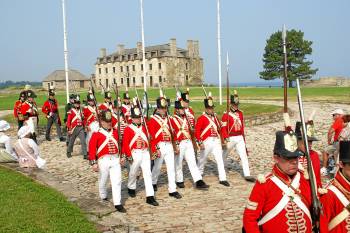In late December 1814 to early January 1815, the British unleashed a major offensive on New Orleans New Orleans campaign, Jackson
The daughter of the co-founder of Nashville , Tennessee Tennessee
Andrew Jackson regarded his wife as his mainstay and Rachel felt similar by writing:
My thoughts are forever on thee. Wherever I go, wherever I turn my thoughts, my fears and my doubts distress me. Then a little hope revives again and that keeps me alive. Were it not for that, I should sink.
 During the
During the
The Jacksons were now occupied with fancy balls and celebrations for Andrew’s successful defence of New Orleans
In 1828, Rachel was by Andrew’s side during his presidential campaign. During the campaign, newspaper articles persistently referred to the circumstances of Rachel’s divorce from her first husband, causing much distress. As a result, Rachel’s health suffered and she died from a heart attack on December 23, 1828, two weeks after Andrew Jackson won the election. Rachel was buried in the garden of The Hermitage, the Tennessee plantation where she lived for many years. Andrew Jackson was heart broken and suffered from depression in the years that followed.
.jpg)


















